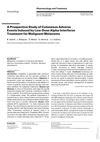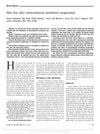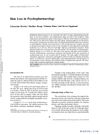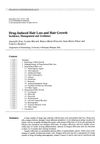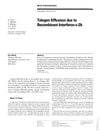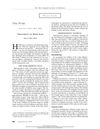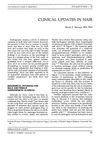Drug Reactions Affecting Hair: Diagnosis
April 2007
in “
Dermatologic Clinics
”
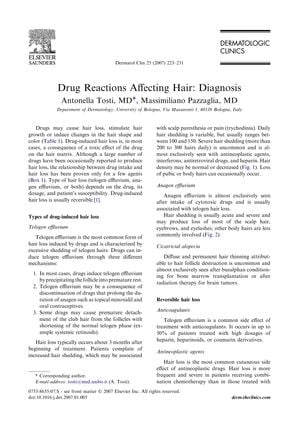
TLDR Some drugs can cause hair loss, change hair color and shape, or increase hair growth, and treatment may involve stopping the drug or using specific hair growth treatments.
The 2007 document outlines how certain drugs can cause hair loss, changes in hair color and shape, and stimulate hair growth. Telogen effluvium, the most common drug-induced hair loss, involves excessive shedding and can be caused by various drugs, including anticoagulants and antineoplastic agents, with up to 50% of patients affected in some cases. Anagen effluvium, often due to cytotoxic drugs, can lead to severe hair loss, while cicatricial alopecia results in permanent thinning from follicle destruction. The document also describes permanent alopecia in patients undergoing bone marrow transplantation, and drug-induced lichen planopilaris, which may not respond to treatment. Hirsutism and hypertrichosis can be side effects of drugs with androgenic effects, with up to 50% of patients on high doses of Cyclosporin A affected. Prostaglandin analogs in eyedrops can cause eyelash changes, and topical minoxidil can lead to hypertrichosis, especially at higher concentrations. Diagnosis involves reviewing all drugs taken up to 4 months prior, and management may include drug discontinuation and treatments like finasteride or minoxidil. Scalp hypothermia and minoxidil are options for managing anticancer drug-induced hair loss, with the latter accelerating regrowth but not preventing loss.

